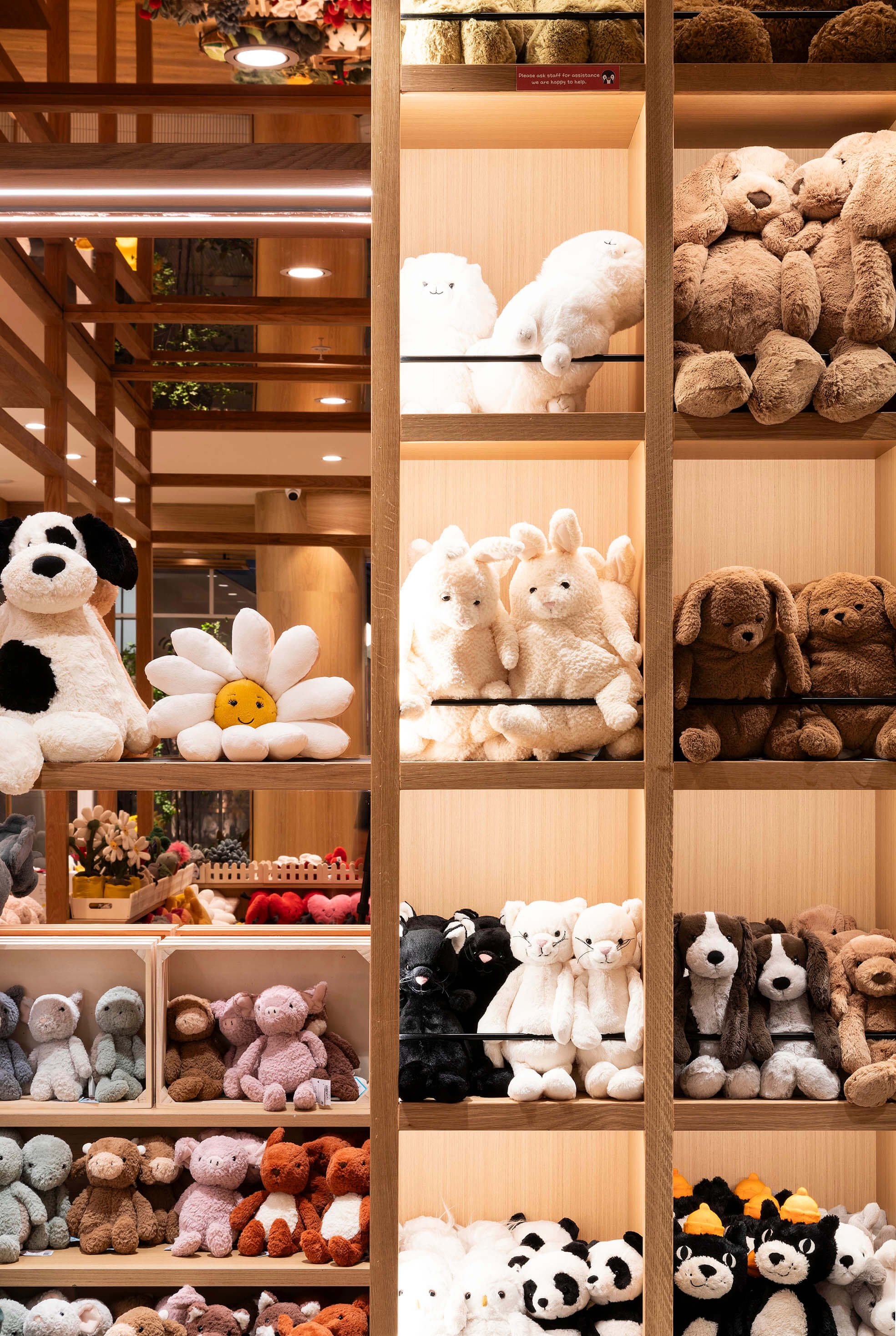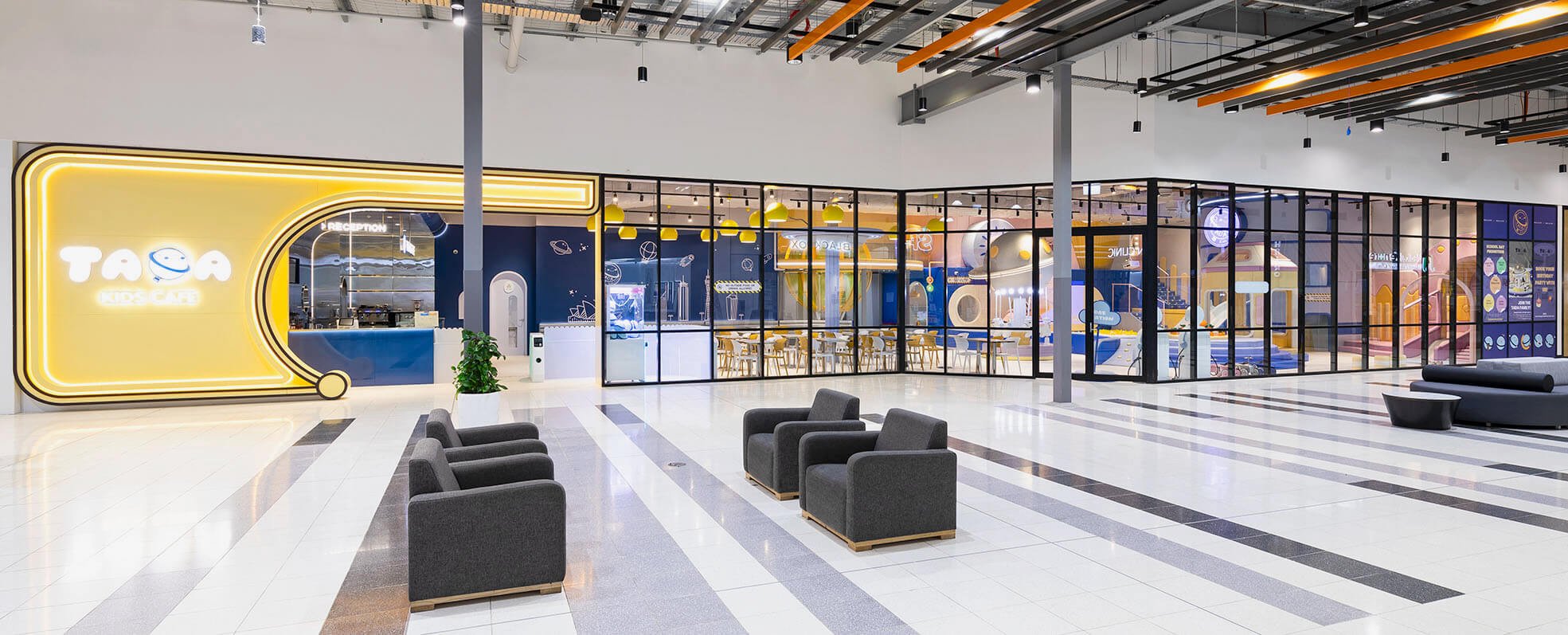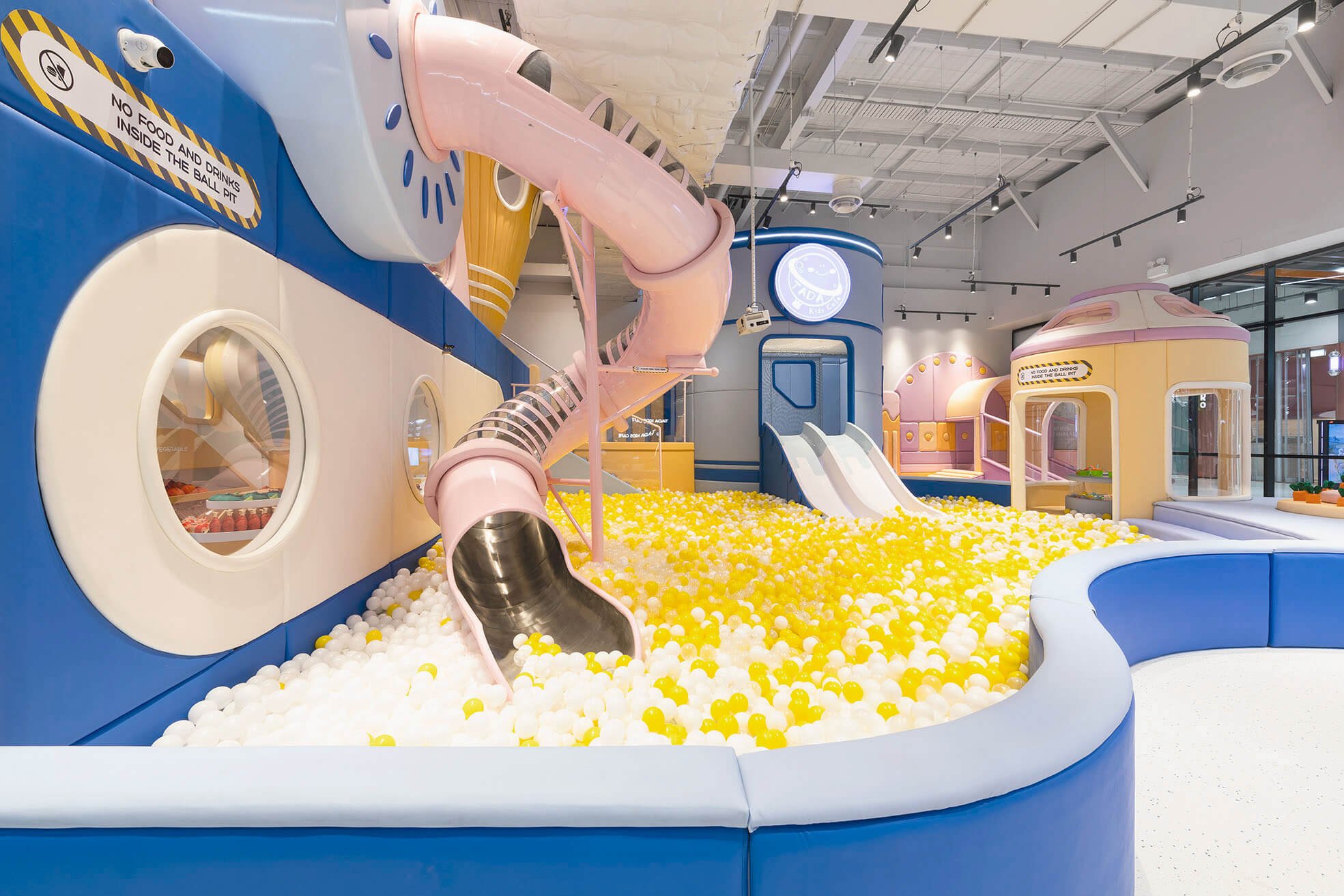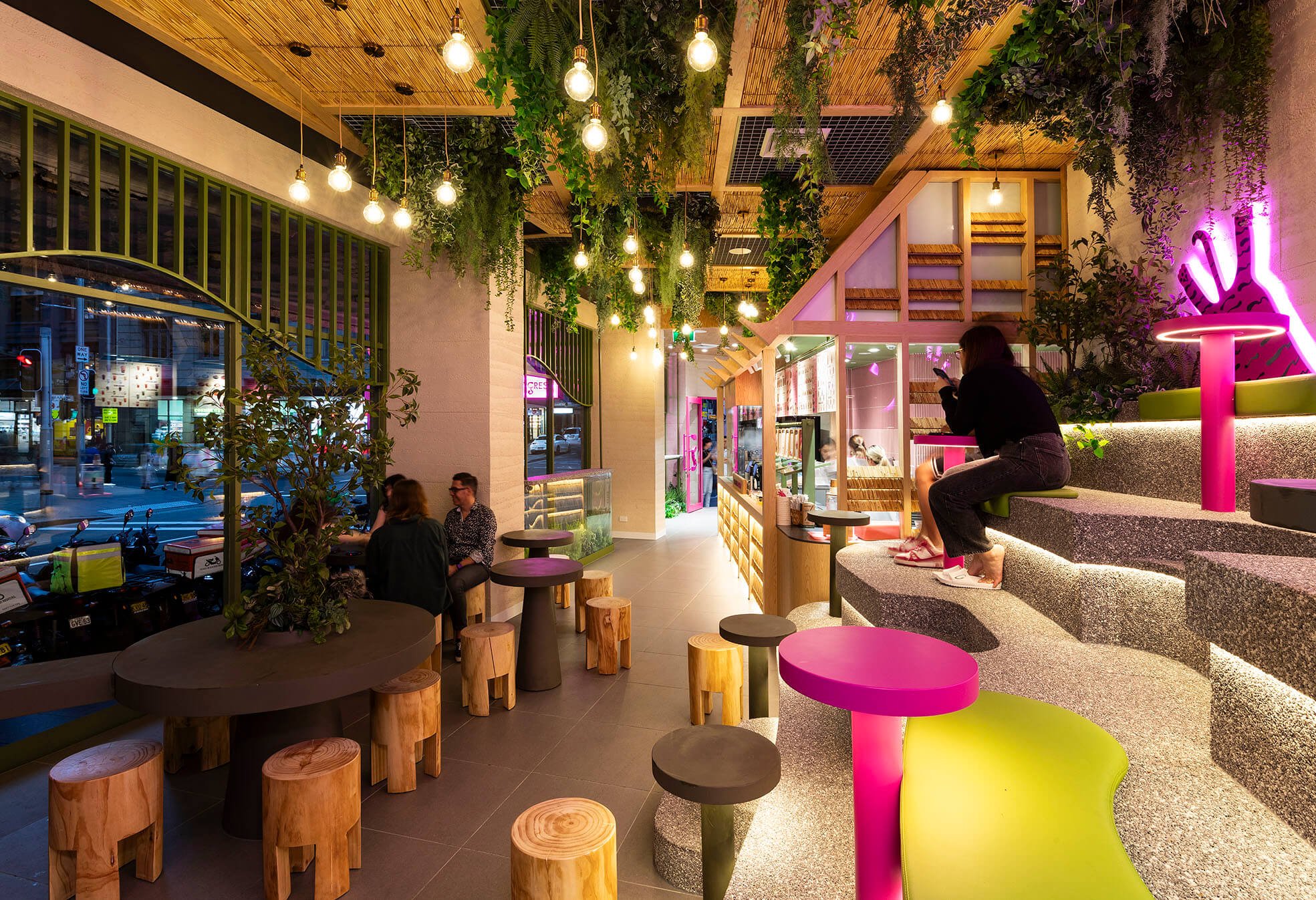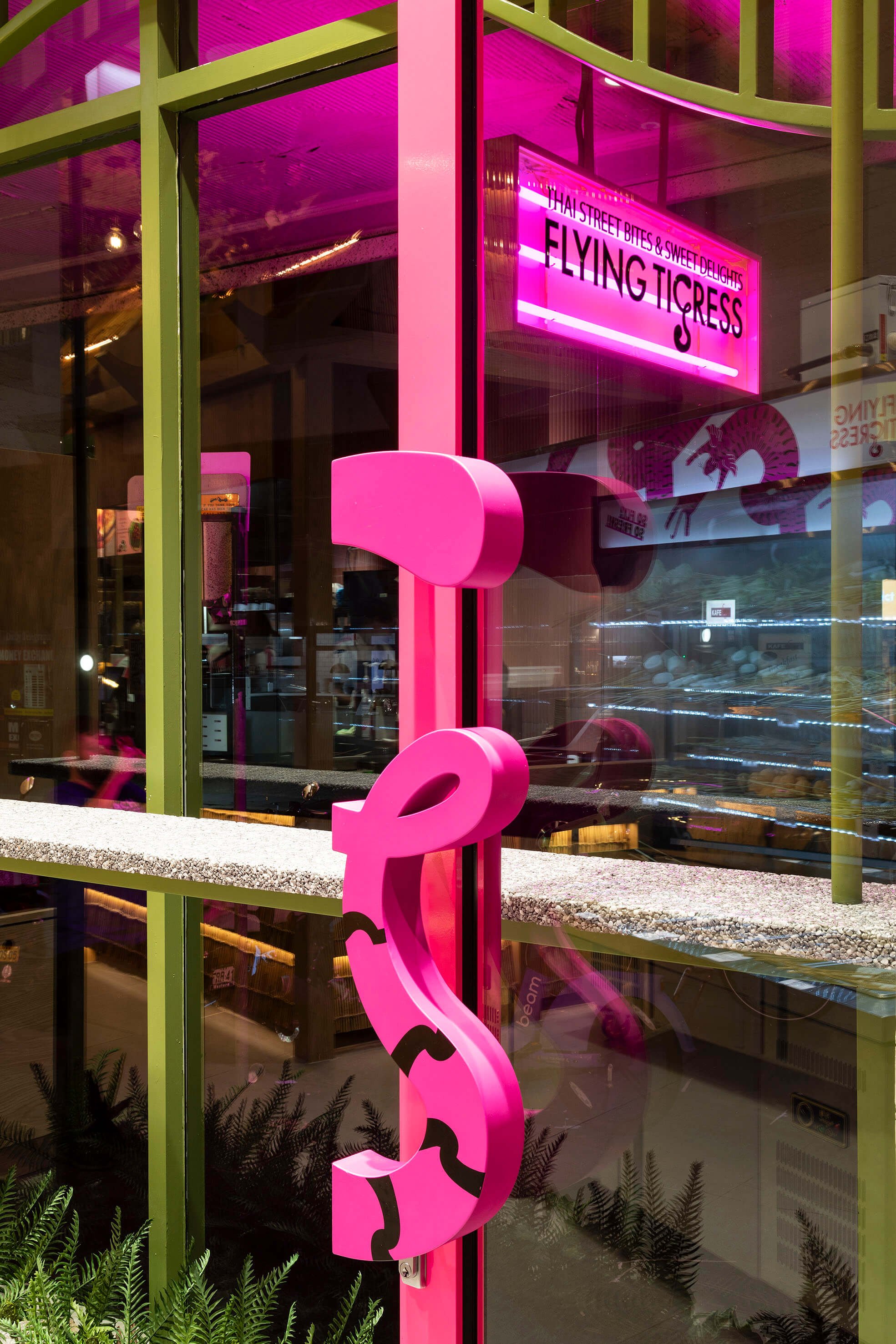Materials That Speak Your Brand: A Smart Guide to Fit-Out Success
In premium retail, material selection isn’t just about aesthetics. It’s a strategic decision that influences durability, maintenance, brand identity, and overall customer perception. The right finishes elevate your space. The wrong ones? They’ll wear fast, underperform, or send the wrong message.
Whether you’re planning a flagship, kiosk, or boutique rollout, here’s what premium brands need to know when choosing materials that look the part and last.
Match Materiality With Brand Identity
Every surface tells a story. Materials must align with your brand’s values, tone, and sensory experience. A wellness brand may lean into natural, tactile textures, while a tech brand might prioritise clean lines and reflective finishes.
Trinity Tip: Create a material moodboard that mirrors your brand personality. Think about how each texture feels underfoot, to the touch, and under lighting. Consistency across joinery, flooring, and signage builds stronger brand recall.
2. Don’t Sacrifice Durability for Looks
That stunning marble-look laminate might photograph beautifully, but will it stand up to daily footfall, product display, and cleaning products? High-traffic zones demand materials that are as practical as they are polished.
Trinity Tip: Use stone, compact laminate, or powder-coated steel for high-wear areas. Select upholstery and wallcoverings with commercial-grade ratings. Always review slip resistance, stain resistance, and maintenance requirements.
3. Lighting Changes Everything
Materials can shift in tone and texture depending on lighting conditions. Glossy surfaces may cause glare. Dark finishes can absorb light and dull your displays.
Trinity Tip: Test samples under your planned lighting, both natural and artificial. Use diffused light with reflective surfaces, and opt for mid-tones to balance ambience and visibility.
4. Prioritise Sustainability (Without Compromise)
Eco-conscious brands should look for materials that support their environmental goals without compromising on luxury. Today’s sustainable options are versatile, durable, and on-trend.
Trinity Tip: Choose FSC-certified timber, low-VOC adhesives, recycled metals, and natural fibres. Ask suppliers about material lifecycle and recyclability. Premium and sustainable can, and should go hand-in-hand.
5. Choose Finishes That Age Gracefully
Not every material looks better with age. High-touch surfaces in particular need to wear well or be easy to refresh.
Trinity Tip: Use matte, textured, or brushed finishes to reduce fingerprints and minor wear. Opt for removable coverings on walls and joinery in areas subject to regular updates or branding refreshes.
6. Think Ahead to Maintenance and Cleaning
Some materials require specialist cleaning, while others stand up to anything. For customer-facing environments, ease of upkeep can affect long-term presentation and cost.
Trinity Tip: Avoid porous or easily stained surfaces in food and beverage zones. Select non-slip, sealed flooring in back-of-house areas. Specify easy-to-clean finishes for high-touch zones like counters and handles.
7. Mind the Budget—But Know Where to Spend
Smart material selection balances cost with longevity. It’s not about going cheap but investing in the right areas.
Trinity Tip: Prioritise premium materials where customers spend the most time: entry zones, counters, displays. Use budget-friendly alternatives in concealed or low-touch areas, but keep the overall palette cohesive.
Final Word
Choosing the right materials isn’t just a design decision. It’s a business one. The right fitout materials reinforce your brand, support functionality, and deliver a long-term return on investment.
At Trinity Shopfitting, we help high-end retailers select and source materials that balance beauty, durability, and commercial performance. From concept to completion, every finish is intentional.
Ready to start your next fitout?
Let’s choose the right materials together.






